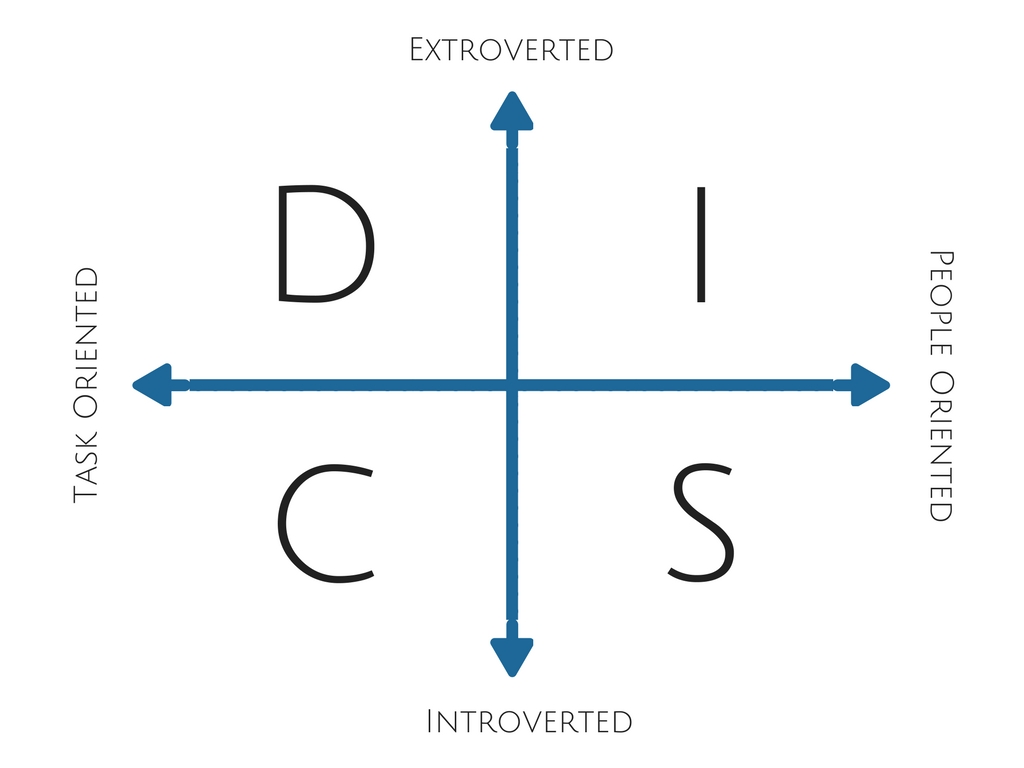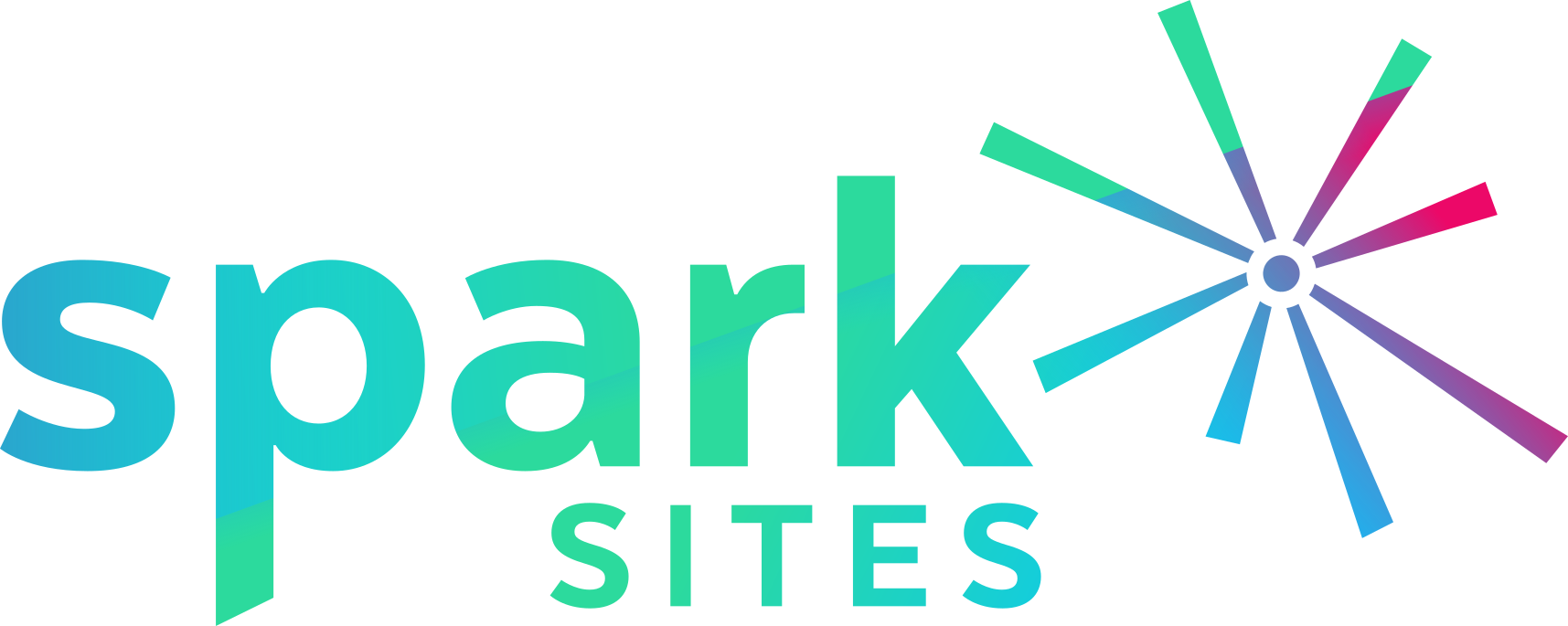Customer Success important to all of us! High customer success means higher customer loyalty, means higher profits over the long term! Believe it or not, a small dose of psychology, specifically personality temperaments can go a long way!
What is a temperament?
Definition: a person’s or animal’s nature, especially as it permanently affects their behavior.
As implied, a person’s temperament is literally their behavior, as it permanently affects their behavior.
There are a ton of temperament systems. Colors, animals, and Meyers-Briggs all have their advantages and disadvantages. In short, for the purpose of connecting with customers, I have found most systems to be either too detailed or too generic. So, in order to handle people in a day-to-day context and in order to quickly identify their temperament, I have found that the DISC Temperament system to be highly valuable.
What is DISC
Many people have already heard of DISC. It is one of the most widely used temperament systems out there.
You can get a great overview of DISC here: https://discprofile.com/what-is-disc/overview/.
In short, DISC is the a balance of being specific enough for me to relate to, but being general enough to capture most situations one finds themselves in during the course of their customer interactions.
Where the color system is too general as to not be relate-able and the Meyers-Briggs system is so specific as to mis-diagnose me, DISC seems to strike a balance that other profile systems lack.

Why I like DISC for Customer Satisfaction and Client Success
Also, it accounts for the variety of situations
But the details about DISC that I think make it the most practical for the business context are:
Cornerstone principals of D.I.S.C. and Customer Temperaments (pulled from DISC website)
- All DiSC styles and priorities are equally valuable. We are all a blend of all four styles.
- Your work, management and leadership styles are also influenced by other factors such as life experiences, education, and maturity.
- Gaining a better understanding of yourself is the first step to becoming more effective when working with others.
- Learning about the DiSC styles of other people you work or live with can help you understand their priorities and how they differ from your own.
- You can improve the quality of your workplace, place of worship, home or other locations by using DiSC to build more effective relationships.
Trigger Language for DISC
What trainers always miss about DISC is how to apply it to your personal situation. When it comes to customer interactions we seem to know our own temperament quite well, and we seem to roughly be able to identify other people’s temperaments (more on that in a second) we are rarely taught how to apply.
We will discuss how to apply DISC to your customer success, but before we do that, we need one more piece of the puzzle.
If everyone is wired differently in the brain, they each need different language. Allow me to introduce a concept called “trigger language”.
Trigger Language is a set of words or terms that seem to “trigger” a person or group of people. In temperaments (especially the temperament of your customers), there are certain words or phrases that can create either positive or negative emotions.
Trigger language is just language that triggers them.
If you can know how certain words positively affect the temperaments, and you know your client’s temperament (more on that in a second) you can say the things that make them feel positive! And, if you can know certain words that negatively affect your client’s temperament, you can avoid using those terms to prevent them from feeling negative!
Though trigger language can also include body language, length of sentences, pace of conversational tone and more, for the purposes of this post, let’s just stick to the actual trigger words.
D
- Trigger Word: Results!
- An example of how it is used: “The result you get is…”
I
- Trigger Word: Fun!
- An example of how it is used: “You know what would be fun?!..”
S
- Trigger Words: Safe, Secure.
- An example of how it is used: “A safe course of action.” “A secure bet.”
C
- Trigger Word: Facts.
- An example of how it is used: “Here are the facts:..”

Identify
So, how do you identify a temperament? This is actually quite easy. I learned this when I ran a telemarketing floor in Vero Beach, Florida in my 20’s. And there are fancy ways to do this, but the easiest way is to just ask two simple getting-to-know-you questions.
You are trying to find out if they are either people-oriented or task-oriented, and if they are more introverted or extroverted.
To find out if they are they People-oriented or Task-oriented, ask them: “What are you up to today?”
If they answer with the names of people or the roles of people as their reference point, they are more people-oriented. If they are listing their tasks without referencing people, they are most task oriented.
For example: “I need to connect with my boss, then take the folder to Steve in accounting,…” [People-oriented!].
Or, “I have a direction meeting. Then I have errands for accounting…” [Task-oriented].
To find out if they are they Introverted or Extroverted, ask them: “What do you do in your off time?”
If they answer with “I love going out with friends, hobbies, leading small groups” etc, they are likely to be an Extrovert.
If they answer with “I love reading books, watching movies, going into nature” etc, they are likely to be an Introvert.
Speak to Your Customer’s Profile
As I mentioned, applying DISC profiles is often overlooked by temperament trainers and DISC trainers. In our Customer Service workshops, we try to focus on how to apply this knowledge of trigger language in useful ways.
Consider your message to your customers. Let’s pretend that your business is a lawn company. And, let’s pretend you already have the client. Let us finally pretend that you want to up-sell to them an extra weed spray service to them.
So, your pitch to them is: “Would you like to have us spray your lawn for weeds?”
You already know the correct trigger words. You also know how to identify your customer’s temperament. Now let’s focus on the core principles of applying this.
- Clarify Vision
- Script the Conversation
- Practice, Practice, Practice
Clarify the Vision
The first thing to do is to envision your next conversation. Consider who you are talking with and what their temperament is. Think about your past conversations with them. Try to identify what their temperament is and what trigger language should work with them.
Script the Conversation
When scripting a pitch, begin by reviewing the trigger words for the temperament.
D’s like ‘results’. I’s like ‘fun’, and ‘people’. S’s like ‘safe’ and ‘secure’. C’s like ‘facts’, and ‘details’. Acknowledge that. Then script the conversation. It may look like this for each temperament:
- D’s: “Would you like the result of a yard without weeds?” Keep it short and sweet and then just close your mouth. Let them decide. Get to the point with this temperament.
- I’s: “It would be super fun and easy to get rid of the weeds in your yard.” Name the people on your team; “Jim and Sarah will already be at your house, we would love [fun feeling] to do that for you.”
- S’s: “Do you know? It would be simple and easy for us to support you and your yard with a safe weed killer. We could be done quickly and you can rest assured that your yard will be safe from weeds for 3 months.”
- C’s: “Here are the facts: We are already on your property. We can spray your entire yard in under 20 minutes. It will be good for 3 months. It will cost you $20 more. The spray is not toxic for your kids or pets. Would you like to get started?” Give them all the details. Hide nothing. Answer all of the questions you think they could ask up front.
Each ‘script’, as you can see, is not just about the trigger word, but about the amount of information they want in their communication. Then, you just let them make an informed decision.
You have dropped their barriers. You have answered any of their emotional objections as well as any of their factual objections.
Practice, Practice, Practice
First, you should practice this with yourself alone. Hear yourself saying it out loud.
Then, practice with real live client situations! Practice considering who they are with real time encounters! Make honest notes about how it went. Then step up and do it again.
You should be prepared! Now get out there and begin adjusting your language for your clients!




